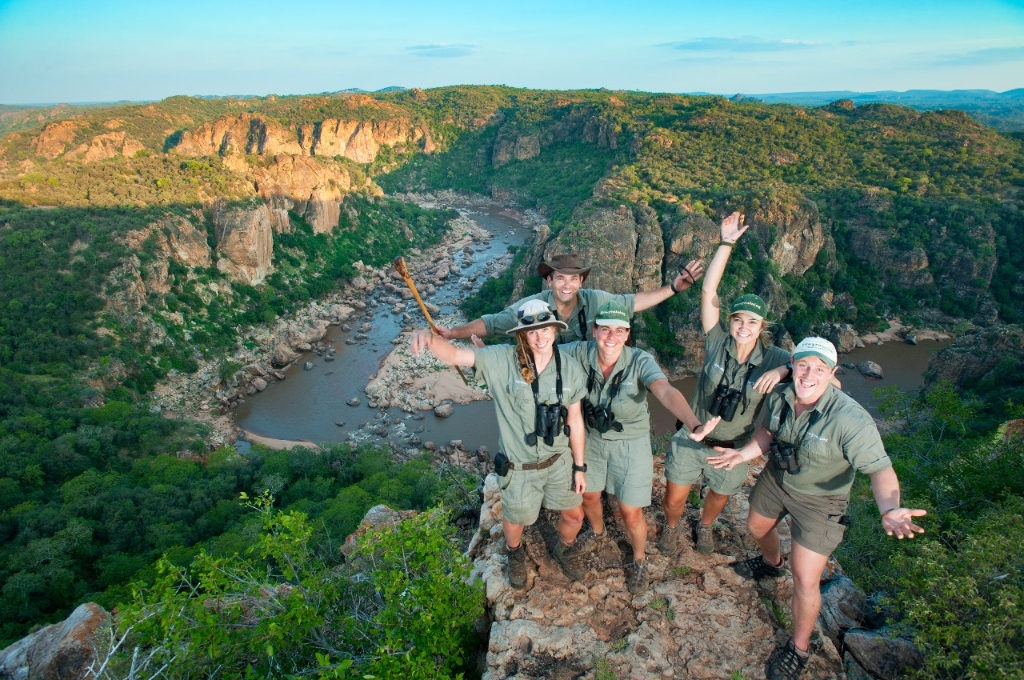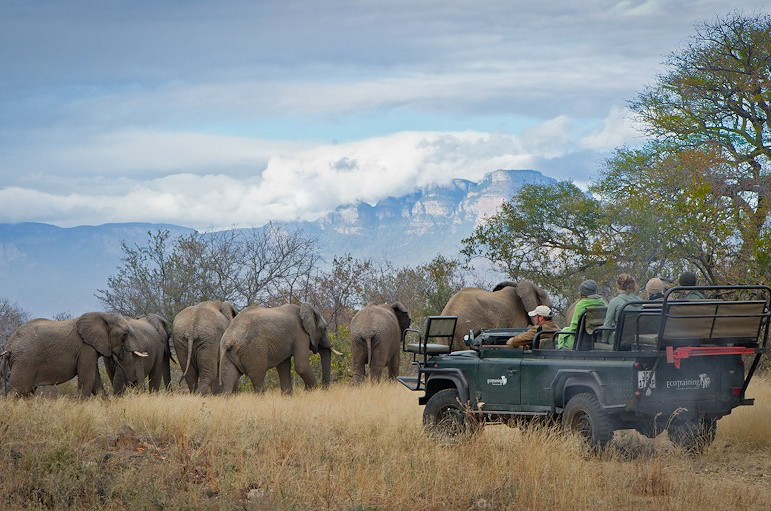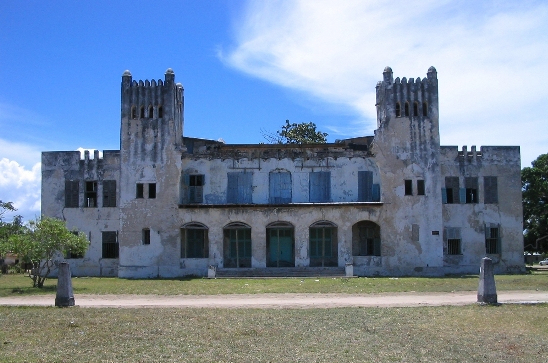Quick Itinerary Overview
Training camps 7 - Day Kenya Ranger Experience.
Experience’s Objectives
To provide participants with an introduction to African wildlife and the natural environment, in an enjoyable and exciting way. The course will teach ethical behaviour in natural environments as well as conservation initiatives that everyone can contribute to in their day-to-day life. The objective is for participants to understand the underlying elements that support this amazing variety of life such as geology, soils, plants and climate as well as how both small and large organisms and species interact with one another and their environment.
A typical day will include.
• early morning wakeup with tea/coffee | bush coffee whilst on game drive.
• A daybreak drive or walk, focusing on the topic of the day.
• Return to camp for a hearty cooked breakfast.
• Debriefing on morning activities observations/ lessons
• Midday lecture
• Free time or leisure activities
• Mid-afternoon light lunch
• Afternoon drive or walk, focusing on the day’s lecture theme ended with sundowners.
• Dinner and debriefing on the evening activities’ observations and lessons.
Variations to typical schedule may include.
• Full day activity for tracking and trailing
• Full day activity for navigational walks
o Both will incorporate general observations and learning.
• Evening activities may include star gazing (astronomy)
Itinerary
Day 1: Welcome to the Mara
14:00 Estimated Arrival Time at EcoTraining Mara Eco-Camp
• Upon arrival a safety briefing will be conducted, an orientation of camp as well as an introduction to the staff.
• Participants will be shown to their accommodation, followed by time to settle in as well as time to prepare for the afternoon activity (dependent on arrival time).
Afternoon Activity
• A late afternoon activity which will be a game drive and night drive to introduce the participants to the reserve and
the night sky.
Day 2: Ecology & Geology
Morning activity:
• A morning activity which will either be in the form of game drive or bush walk.
• Focus on the Ecology and Geology of the surrounding areas.Noon discussion and practical experience:
• Interactive discussion by instructor based on Ecology and Geology -understanding the inter-relatedness and with a focus on the local area, including Geology and Soils, Weather and Atmosphere, Food Web and Energy Flow, Habitat Ecology and Conservation in terms of invasive species and other Ecology, Geology based conservation.
Afternoon activity:
• Afternoon activity which will either be in the form of game drive or bush walk.
• Incorporating general game viewing, with emphasis on the Basic Ecology and Geology – topics covered during the Noon Discussion.
Day 3: Navigation & Orientation
Morning Activity:
• Trail from camp focusing on Navigation and Orientation and how to use nature as a tool to navigate and orientate yourself in the bush and make your way to your midday picnic spot. Noon Discussion and Practical
Experience out in the field:
• Interactive discussion by instructor based on Navigation and Orientation as well as Bush Skills.
• Discussion topics and practical experiments to include basic practical skills including use of landmarks, sun, compass and maps for Navigation and Orientation.
Afternoon Activity:
• Game drive, combining with a walk if there are interests, and incorporating general game drive viewing, with emphasis on Navigation and Orientation.
Day 4: Animal, Bird & Tree identification and Behaviour
Morning Activity:
• A morning activity which will either be in the form of a game drive or bush walk.
• Trail from camp focusing on Animal, Bird and Tree Identification and Behaviour. Emphasis on Mammals, Amphibians, Reptile, Fish and Arthropods, endangered species and how the reserve aids conservation.
Noon Discussion and Practical Experience:
• Interactive discussion by instructor based on Animal, Bird and Tree Identification and Behaviour.
Afternoon Activity:
• Game drive, combining with a walk if there are interests, and incorporating general game drive viewing, with emphasis on Animal, Bird and Tree Identification and Behaviour with an extra focus on endangered species and big game animals.
Day 5: Situational Awareness, Animal Tracks & Tracking
Morning Activity:
• A morning activity will be planned to test current situational awareness capabilities. This will be done by placing various objects randomly that don’t below in nature along this route and testing the groups observational skills as well.
• After this the groups will be taught how to Track and Trail as well as read “signs” in the bush. Noon Discussion and Practical Experience:
• Lecture based on Animal Tracks and Tracking followed by an Excursion to the nearby Rhino Sanctuary.
Afternoon Activity:
• Afternoon activity focusing on the elements discussed in the lecture which will both be in the form of game drive and bush walk to test your newly learnt skills in the ancient art of tracking and reading the bush.
Day 6: Masai Mara Community School Visit
Morning Activity:
• Morning Excursion to the nearby Local School and Community focusing on Conservation, Common Trees and Shrubs. This includes Identification and how to identify as well as Traditional uses.
• Sharing of knowledge by the local community on medicinal value of Indigenous Trees and Shrubs, and the importance these plants and the environment has on the community.
Midday Activity: Group will enjoy lunch that will be provided and prepared by the community.
Afternoon Activity:
• Visit to your guides’ family household for interactive experience (meet the family). Group will learn how the Masai build their houses using the natural environment.
• Students will learn some local songs and dances as well as hear some of the local folklore.
• Departure and return to camp.
Day 7: All good things come to an end
Short activity drive with hotbox for last coffee/tea as the sun rises and provides an opportunity for students to sit in silence and just “be in nature”. Return to camp for packing and departure @ 09:00am
: EcoTraining Camp
Mara Training Centre, Masai Mara concession, Enonkishu Conservancy.
Location: Located on the banks of the Mara River, the centre is nestled between communities and the wildlife conservancies. The courses provide insight into the issues of co-habitation and conflict between the community herdsmen with their livestock and crops and the wildlife.
Enonkishu today secures 6000 acres of wildlife grazing rangelands, owned by the resident community on the edge of the Greater Mara Ecosystem. It has become a world class wildlife viewing conservancy.
Traversing is not limited to Enonkishu alone, we also have access to two other conservancies in close proximity. Ol Choro Oiroua Conservancy covers 17,000 acres of a group ranch in the northest section of Masai Mara wilderness. The conservancy logistics and land are managed by Seiya Limited under the guardianship of Fairmont Kenya, and the Fairmont airstrip is also the closest airlink to our camp.
Lemek Conservancy is another of Kenya’s wildlife management success stories though with a twist. Most part of Lemek-Koiyaki has now merged with the adjoining Mara North thus reducing Lemek’s size to around 19000
acres. The land was once privately owned by the Maasai communities before being transitioned to the Koyaiki Group Ranch and Lemek Group Ranch. The group ranches became key partners in the introduction of the
conservancy. Measures are taken to set aside areas of the conservancy that served as valuable habitats for flora and fauna. Guest accommodations and activity services are provided to generate revenue to operate the conservancy, as well as benefit local communities. The result is a relatively small conservancy with few visitors, good wildlife viewing and pleasant scenery.
Animals found in the Masai Mara: Wildebeest, topi, zebra, and Thomson's gazelle migrate into and occupy the Mara reserve, from the Serengeti plains to the south and Loita Plains in the pastoral ranches to the north-east, from July to October or later. Herds of all three species are also resident in the reserve.
All members of the "Big Five" (lion, leopard, African elephant, Cape buffalo, and black rhinoceros) are found in the Masai Mara. Hippopotami and crocodiles are found in large groups in the Mara and Talek rivers. Leopards, hyenas, cheetahs, jackals, and bat-eared foxes can also be found in the reserve. The plains between the Mara River and the Esoit Siria Escarpment are probably the best area for game viewing, in particular regarding lion and cheetah.
Temperatures at the camp: The climate is pleasantly warm, with cool nights, all year round. The area is located just south of the Equator, but at an altitude between 1,500 and 1,900 metres. The temperatures are slightly higher from October to March, while they are slightly cooler from June to August. At night it can be a little cold, and the temperature can drop below 10 °C, especially from June to August.
WHATS INCLUDED?
WHATS EXCLUDED?
Map
AFILLIATES, ASSOCIATIONS & PARTNERSHIPS







